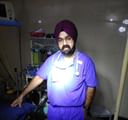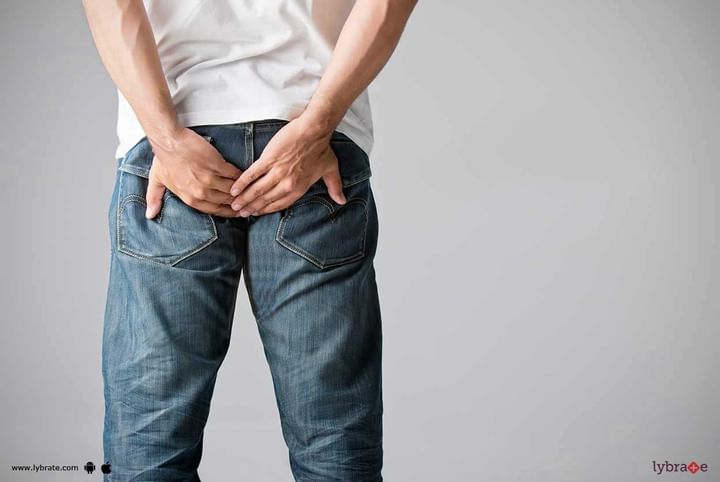Pilonidal Sinus & Its Surgical Treatment!
Pilonidal Sinus refers to the small channel in your skin. When the channel is filled with pus or fluid, it leads to the formation of cysts or an abscess. A pilonidal cyst usually occurs at the top of the buttock crease near the tailbone and consists of dirt, debris, and hair. When the cyst becomes infected or inflamed, it causes severe pain and discomfort.
Pilonidal sinus mostly affects men in their puberty. This condition is usually seen among people who sit for longer periods. For instance- truck/cab drivers, or desk-job workers, etc.
What causes Pilonidal sinus?
Doctors suggest pilonidal sinus or cysts are most often caused due to the following factors -
• Hormonal changes during puberty
• Friction from wearing tight clothes
• Prolonged sitting
• Hair growth
These factors prompt the hair growing in the region to burrow back beneath your skin. Your body considers the retracted hair as a foreign particle and launches an immune response. The cyst forms due to this response. In certain cases, the patient may develop multiple sinuses which connect under the skin.
Identifying the early signs of Pilonidal Sinus -
The first noticeable sign of Pilonidal sinus disease may be a small dimple near the tailbone. The symptoms become more prominent and troublesome once the channel gets infected or develops cysts/abscess.
People with infectious cysts encounter the following symptoms -
• Swelling of the cyst
• Low-grade fever
• Pain while standing or sitting
• Redness or soreness around the affected area
• Discharge of pus or blood
• Foul odour
• Hair sticking out of the lesion
• Formation of multiple holes/sinus tracts in the skin
Risk factors associated with Pilonidal Sinus -
There are a few factors that increase your chances of developing pilonidal cysts. The common risk factors are -
• Inactive lifestyle
• Obesity
• Excess hair on the body
• People in their twenties
Surgical treatment for Pilonidal Sinus -
Diagnosis of Pilonidal sinus does not require a lab test. The doctor will clinically diagnose the condition before recommending the treatment method. Although Pilonidal sinus usually goes away on its own, you will need to undergo surgery if the cysts are infected. Here is how the surgery is done -
• Prior to the surgery, the doctor will give you anaesthesia.
• The surgeon will open the lesion to remove debris and hair from the cyst. The pus will be drained out.
• Once the procedure is completed, the wounds are carefully stitched and left to be healed.
After the surgery, the dressing needs to be changed often to avoid an infection. Surgical removal of the pilonidal cyst prevents recurrence of the disease, and so the results are long-term.
However, one needs to maintain good hygiene and an active lifestyle to avoid getting affected by Pilonidal cysts.



+1.svg)
